In the first half of 2020, solar and wind energy covered 10% of the world’s electricity demand, setting a historic record. The figure is still far from what would be desirable, especially considering that coal still generates a third of global energy and that the recent decline in the share of this fossil fuel is mostly due to the pandemic. Clean energy still faces technical barriers that limit its expansion. Here we present some recent innovations that could lower these barriers and increase the sustainability of renewable energy in the future.
Solar energy… at night
The obvious and classic problem with solar energy is that it can only be generated during the day, and the photovoltaic panels cannot store the excess light they collect for later use. Naturally, there is the option of using it to recharge batteries, but this makes the cost so high that it is not a sustainable solution. For this reason, for years many researchers have been working on systems to store solar heat and return it at night in the form of electricity.
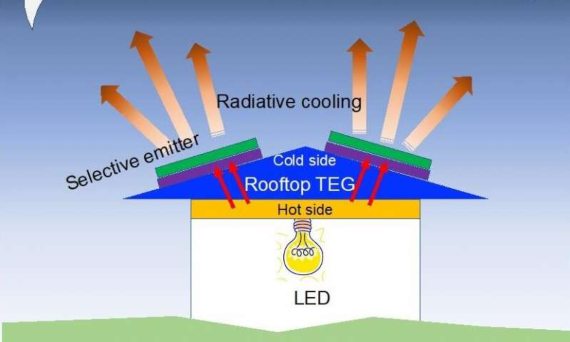
The physical principle is radiative cooling; a warm body emits infrared light, losing heat. And although the concept seems simple, it is not so simple to design a system that produces electricity with competitive energy efficiency. This is what a team of engineers from Stanford University has recently achieved; using current technologies that combine radiative cooling with a small amount of thermoelectric generation, the panels built by the researchers can produce 2.2 watts per square metre, which is about 120 times more than other previous results and without using an external power source. According to the authors, this solution could be used in isolated regions of developing countries, and would even make it possible to convert waste heat generated by cars into electricity. Overall, efforts along these lines augur well for solar farms in the not-too-distant future, which could be operated both during the day and at night.
Imitate plants
Also in the field of solar energy, a longstanding dream of human beings is to achieve what plants and other organisms obtained from biological evolution: a mechanism capable of manufacturing fuel from sunlight. Artificial photosynthesis is an active field of research that has inspired an infinite number of ideas, since emulating the functioning of plants would not only give us an inexhaustible source of energy, but would also do so by removing the excess CO2 responsible for climate change from the atmosphere.
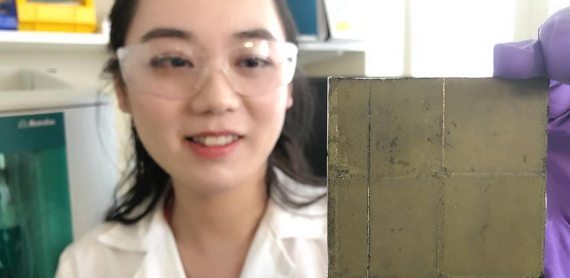
However, the challenge is complicated; in addition to requiring a practical and cheap catalyst to replace vegetable chlorophyll, it is important that the process yields a clean fuel with no undesirable by-products. For example, last year researchers at the University of Illinois presented a system that uses green light to convert CO2 and water into liquid hydrocarbons. However, both the gold nanoparticle catalysis and the end products, polluting fuels, pose obstacles to the deployment of this technology. A new system designed at the University of Cambridge uses sunlight to transform CO2 and water into oxygen and formic acid, which in turn can be converted into hydrogen fuel, a clean energy. The device, which does not require external power, uses a catalyst composed of several rare metals, but researchers say the system is cost-effective and could easily be scaled up from the 20-square-cm prototype to multi-square-metre photocatalyst sheets. They are currently testing other catalysts to improve the system, but are confident that it is a significant advance towards sustainable and practical solar fuel production.
Bird’s eye view of wind turbines
Although wind energy is an option deployed with notable success around the world, one of its main drawbacks is its environmental impact. In particular, environmental organizations have been warning of the high mortality they cause among birds, and not only them—in Spain it has been estimated that the rotor blades of wind turbines have killed about two million bats over the last 20 years.
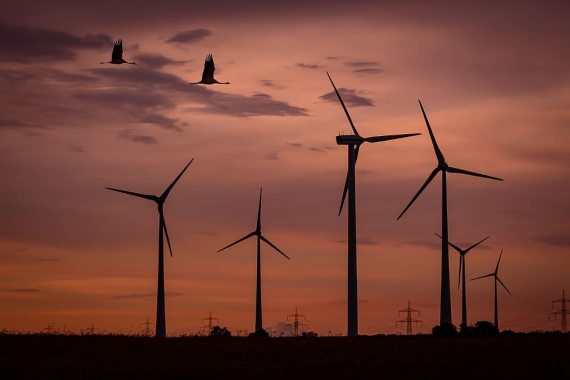
To address this problem, various solutions based on new technologies have been proposed, such as turbines without blades, but which are difficult to apply to the hundreds of thousands of wind turbines already in operation around the planet. On the other hand, the low-tech option proposed by a group of researchers from the Norwegian Institute for Nature Research would be viable: painting one of the rotor blades black. In a small study, scientists have observed that this simple solution reduces bird mortality by 70%. Previous experiments had already shown that this strategy minimises motion blur, making the wind turbines more visible to birds.
Integrate wind and solar
If wind and solar plants are inevitably limited by the availability of natural factors, wind and sun, one obvious way to optimise their performance is to make a two-in-one, so that the odds of harvesting one or the other form of energy at any time are increased. In fact, a three-in-one is what the German start-up Sinn Power proposes: energy from the waves, the Sun and the wind, all in the same system.
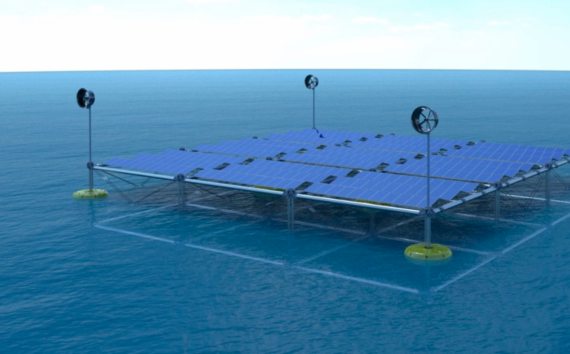
The concept, which is already being tested off the coast of Greece, consists of a modular floating platform that can be expanded as needed. Each module contains four wave energy converters and can be equipped with photovoltaic panels and four small wind turbines. According to the inventors of the first hybrid floating ocean platform, the system is ideal for islands and coastal areas. However, although the idea has attracted a lot of attention, experts point out that wave and tidal energies have been under development for decades without really taking off, to which are added the unknowns about the environmental impact and the resilience of structures and materials under real conditions.
Energy from bacteria
One of the most ambitious goals in renewable energy is to take advantage of the chemistry of living beings to produce electricity, which is equivalent to another way of squeezing out the Sun’s energy processed by terrestrial organisms. In particular, bacteria are at the centre of many multidisciplinary studies aimed at generating energy from biochemistry, which is facilitated by genetic and synthetic biology technologies that allow the biological processes of microbes to the manipulated.
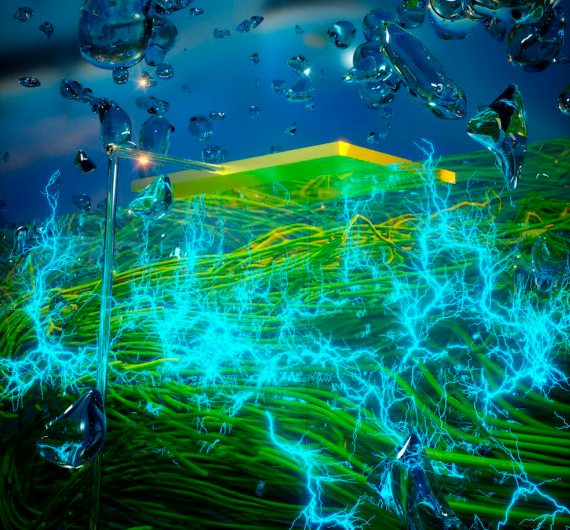
A promising initiative is the work of a team from the University of Massachusetts based on the use of the bacterium Geobacter sulfurreducens, which has the property of manufacturing protein nanowires that conduct electricity. When the humidity in the air reaches them, a small constant electric current is produced. The researchers have created a film of 7-micron-thick nanowires that generates a current of half a volt. The system could be scaled up to charge electronic devices, and in the future perhaps be incorporated into wall paint to provide electricity to homes.
Javier Yanes
@yanes68
Comments on this publication